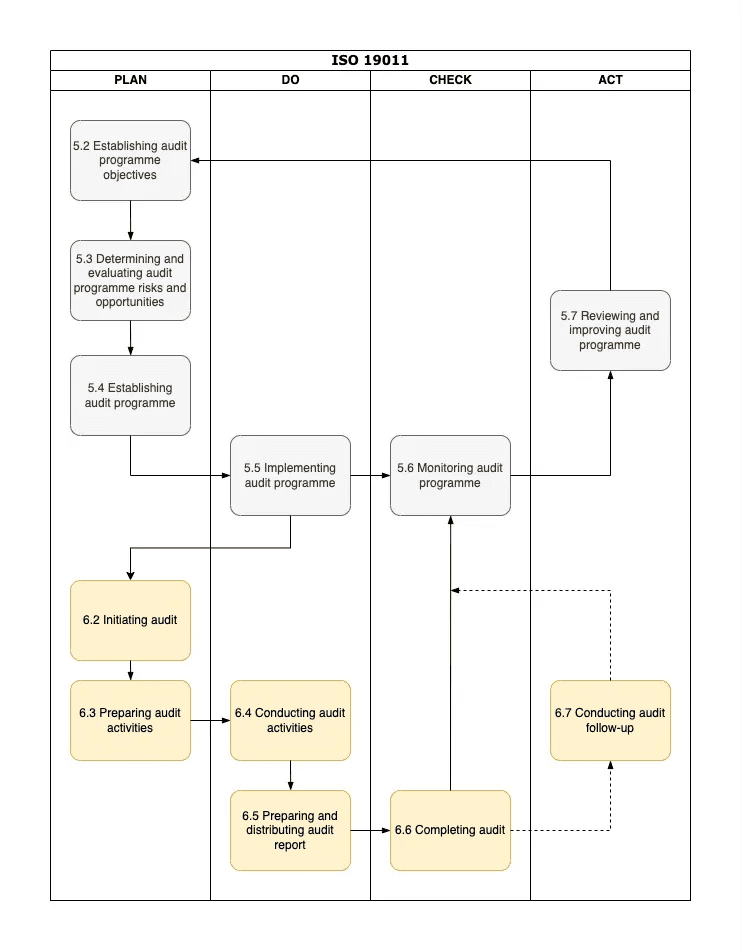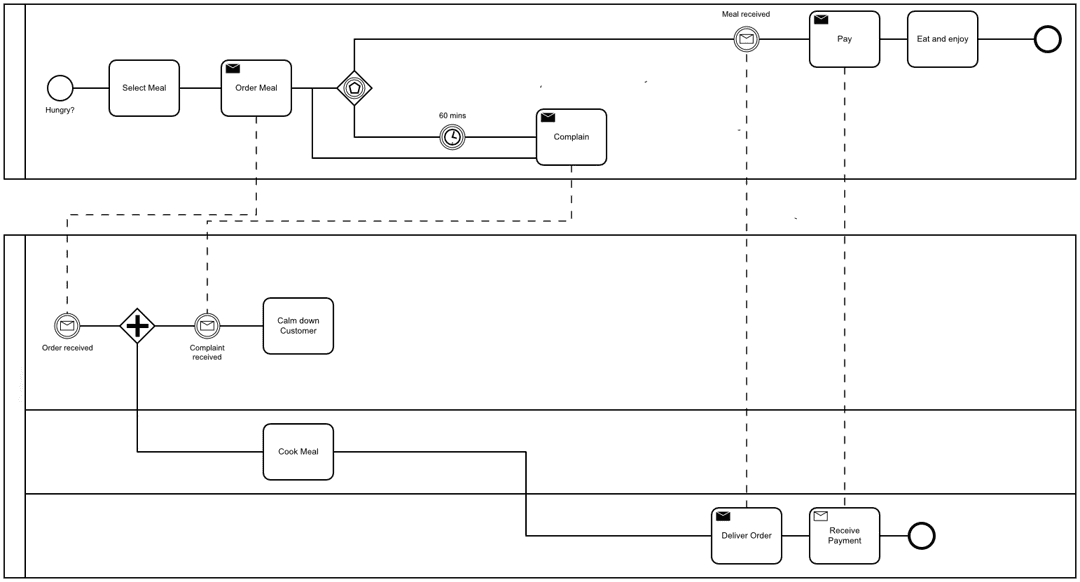In this article, I'm going to explain to you how to develop an internal audit programme as required by ISO/IEC 27001 and many other standards. Implementing a structured audit programme is vital for organizations seeking to ensure compliance, reduce risk exposure, and improve their operational efficiency. The benefits of such a programme include better process control, enhanced risk management, and a culture of continuous improvement. With these advantages, internal audits can lead to improved organizational performance and stakeholder confidence as outcomes or rewards.
Unfortunately, many organizations fail to establish a robust internal audit programme. This can be due to a lack of understanding of what is required, underestimating the complexity of their own operations, or simply not having a clear roadmap to follow.
Why Audit Programmes fail
The primary reason for this failure is the lack of a structured approach. Without a proven process, an audit programme can hardly deliver the intended results.
Reason 1: Some organizations fail to clearly define the objectives of their audit programme.
Reason 2: Others fail to identify and assess the risks and opportunities related to their audit programme.
Reason 3: Failing to establishing a clear scope and actionable audit criteria are another common difficulty organisations face.
However, there's good news. By following a step-by-step guide aligned with ISO 19011, you can overcome these challenges and build a successful internal audit programme.
Here's how, step by step:

Step 1: Establishing Audit Programme Objectives
The first step is crucial: setting clear objectives for your audit programme. These objectives should align with the strategic goals of your organization and compliance requirements.
Examples of audit programme objectives could include the following:
conform to relevant compliance requirements. A very obvious objective would be to satisfy the requirements related to internal auditing of clause 9.2 of ISO/IEC 27001.
Obtain confidence in your external suppliers.
Identify areas for improvement.
Step 2: Determine Risks and Opportunities
Not investing enough time in assessing the risks related to establishing an internal audit programme is where many go wrong, with often catastrophic consequences.
To avoid these pitfalls, conduct a thorough risk assessment considering both internal and external factors that could impact the achievement of the objectives as set out in step 1.
Common risks most audit programmes face include:
Lack of resources and equipment.
Insufficient competence of the audit teams, preventing them from conducting efficient audits.
Lack of cooperation from the auditees.
Step 3: Establishing the Audit Programme
Now it's time to bring your programme to life. This step is your roadmap to a more resilient organization.
By designing your audit programme, you outline the frequency of audits, methodologies to be used, and the resources required. This step should culminate in a detailed plan that will guide your audit activities. A retail chain, for example, by establishing a quarterly audit schedule, was able to identify inventory discrepancies early and improve their stock management system significantly.
Step 4: Implementing the Audit Programme
Implementation is where theory meets practice. It's one thing to have a plan, but ensuring that the audits are conducted as per the established schedule and methodology is where many falter.
During the implementation phase, the actual audits have to be planned. This includes but is not limited to:
Definition of scope, objectives and criteria for each audit.
Provisioning of sufficient resources.
Staffing the audit team.
Step 5: Monitoring the Audit Programme
Monitoring is about keeping a finger on the pulse of your audit programme. Regularly review the outcomes of audits to ensure that they are meeting the objectives you've set.
Through effective monitoring, you can adjust your programme to address any new risks or changes in organizational processes.
Step 6: Reviewing and Improving the Audit Programme
Finally, the process of continuous improvement is what will keep your audit programme relevant and effective.
Regularly review your audit programme to evaluate its success and areas for improvement. Use feedback from auditors and auditees, and the results of previous audits to refine your approach.
By following these steps, you can establish an internal audit programme that not only complies with ISO/IEC 27001 but also drives your organization towards excellence. Remember, an effective audit programme is not a one-time effort but a cycle of continuous improvement.



